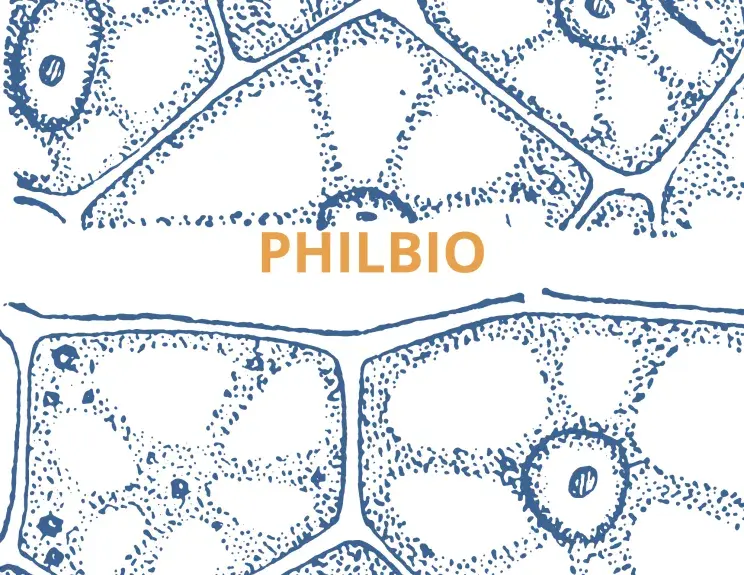
Séminaire Philbio
Nous aurons le plaisir d'accueillir Sergei Shevchenko (chercheur indépendant) pour une présentation en anglais intitulée: Biological Instability between (Epi)Genome and Environment.
Résumé : Modern biology is increasingly compelled to move beyond the traditional focus on the relationship between the genome and the environment. On the one hand, research has uncovered greater biological stability than what might be inferred from genome sequences and assessments of environmental factors. For example, the much-debated 'missing heritability problem' highlights that family studies demonstrate human behavioral traits and disease risks to be more heritable than what genome-wide association studies predict. On the other hand, biological instability is also difficult to predict based on genetic predisposition and environmental factors. For example, cancer researchers note that only a third of the variation in cancer risk can be explained by environmental factors and the patient's genome, with the remaining two-thirds attributed to chance. This 'unpredictable' variation, similar to the 'missing heritability problem,' can be termed the 'missing variability problem.'
The challenge of predicting the instability of biological agents is important not only in cancer research but also in studies of emerging pathogens. Historically, orthogenetic theories often addressed the challenge of predicting future variability in biological agents. This focus was particularly encouraged by early Soviet science’s interest in formulating general laws of evolution - not only in nature but also in society and language. In this context, biologist Lev Berg worked on the theory of such predictions, while applied scholars aligned with Lysenkoism developed ways to manage biological instability. Synthetic evolutionary theories established a framework for probabilistic predictions of future variability at the level of macro-populations rather than individual agents.
To some extent, these features of the two evolutionist approaches can be found respectively in the Tissue Organization Field Theory and Somatic Mutation Theory. The former views tumorigenesis as a result of disruptions in ‘the rules’ of tissue development, while the latter focuses on the probability of genetic mutations and the survival of cells under environmental pressure. I propose the perspective of attributing instability to the cells themselves, considering the assessment of their metastatic potential as an imprecise but localized prediction.